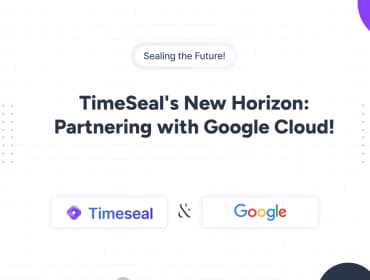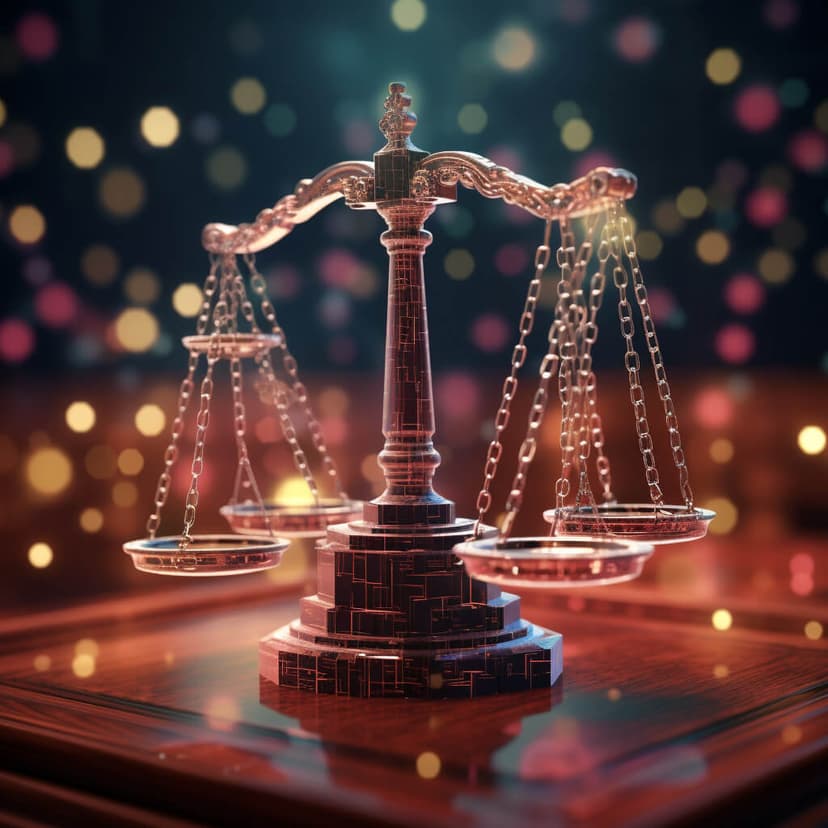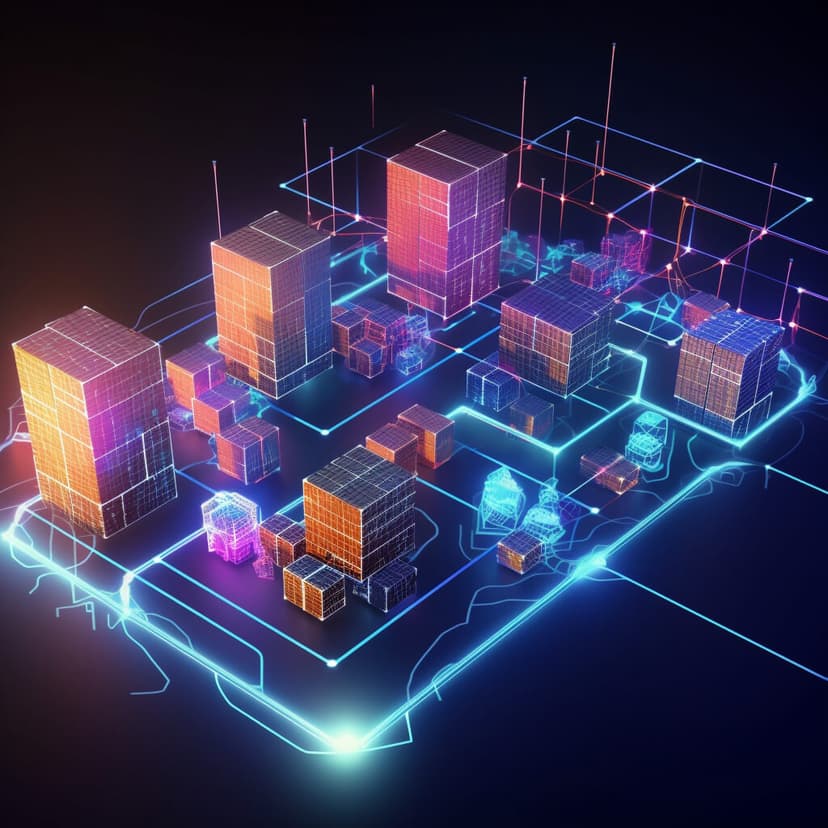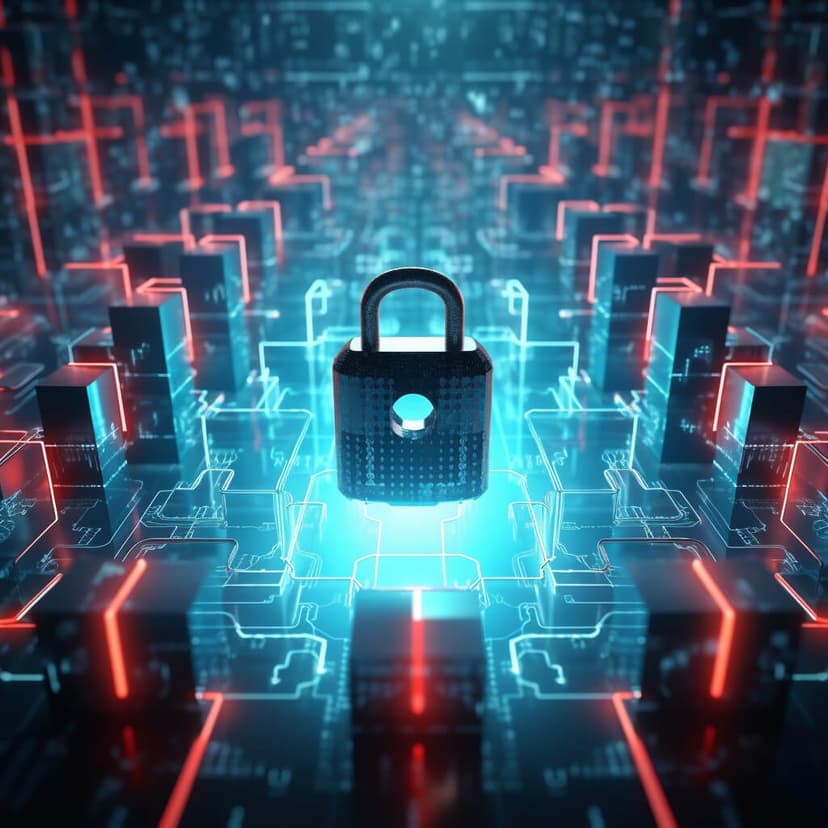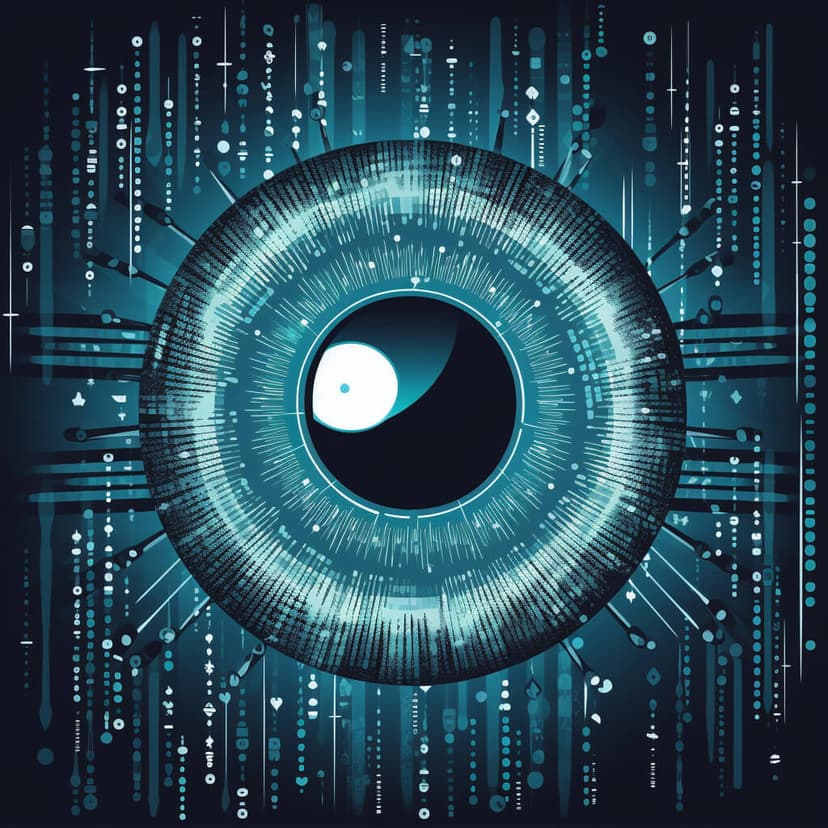An ongoing topic surrounding the potential of blockchain technology that often emerges is the challenge of General Data Protection Regulation (GDPR), a regulation enacted by the European Union to protect the personal data and privacy of its citizens. The apparent tension between the immutable nature of blockchain and the GDPR’s provisions for data erasure often raises concerns about the compatibility of these two entities. However, when we turn our lens towards Timeseal, we find a compelling case that elucidates how blockchain technology can indeed coexist with GDPR requirements.
Timeseal, a product designed to leverage the power of blockchain for timestamping data, presents a nuanced approach to data handling that alleviates GDPR-related concerns. The core of Timeseal’s strategy lies in its handling of personal data. Unlike some blockchain applications, Timeseal does not write personal data to the blockchain. This design decision is of significant importance, as it sidesteps the potential conflict with GDPR’s “right to be forgotten” provision, which mandates that individuals have the right to request the erasure of their personal data.
Moreover, any data that Timeseal does handle is subject to robust encryption mechanisms, enhancing its security and rendering it impervious to unauthorized access. This commitment to data protection not only reinforces the integrity of Timeseal’s operations but also complies with GDPR’s requirement that personal data be processed in a manner that ensures its security.
Consider a scenario where a business uses Timeseal to timestamp its customer transactions. Given the business’ commitment to GDPR compliance, it might initially express concerns about using a blockchain-based product. However, upon understanding Timeseal’s approach to data handling and encryption, the business realizes that it can harness the benefits of blockchain for timestamping without violating GDPR provisions.
Further, the seamless integration of Timeseal with existing systems reduces the friction often associated with adopting new technologies, thereby enhancing its attractiveness to businesses. The ease of integration, combined with Timeseal’s commitment to data protection, presents a compelling case for it being one of the most refined blockchain solutions developed to date.
In conclusion, Timeseal exemplifies how thoughtful design and rigorous data handling practices can harmonize the strengths of blockchain technology with the demands of GDPR. Its commitment to data protection, paired with the ease of integration, positions Timeseal as a potent tool in the modern data landscape. As we continue to explore the intersections of technology, law, and social responsibility, it is incumbent upon us to recognize and appreciate such examples that navigate these complex intersections with elegance and efficacy.
